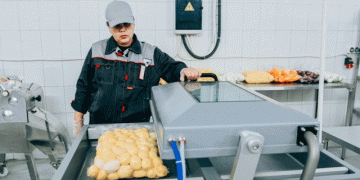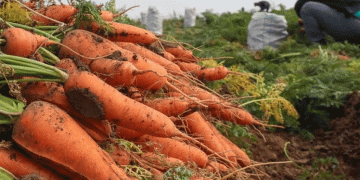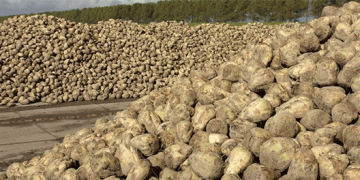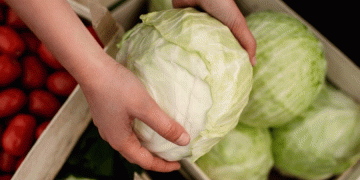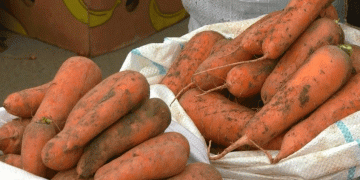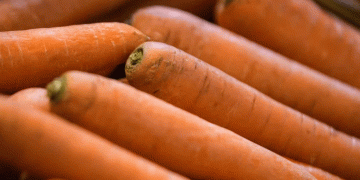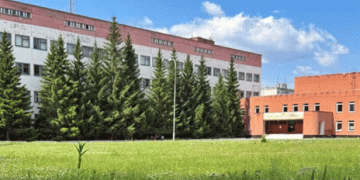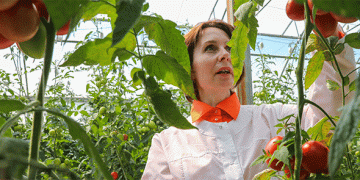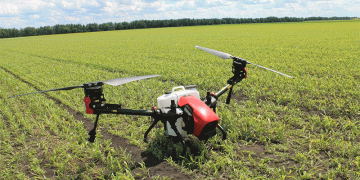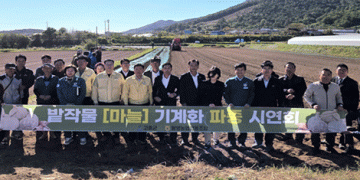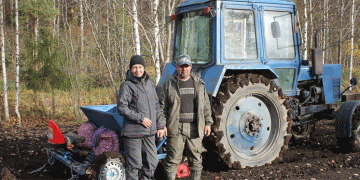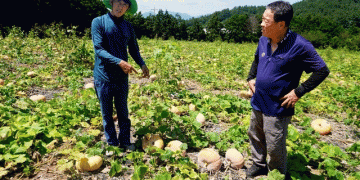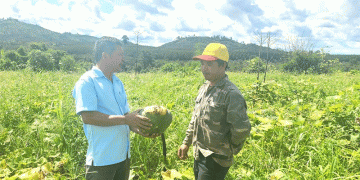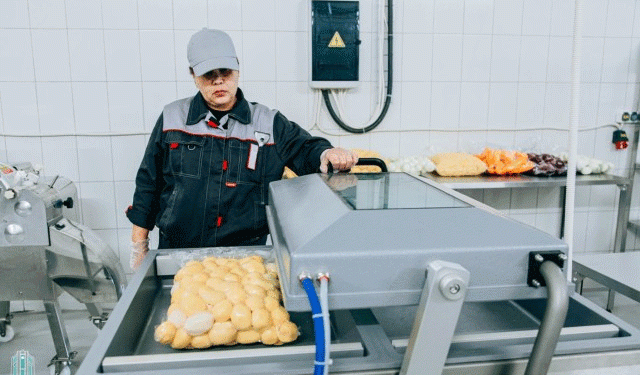The opening of a vegetable processing plant by Agrofood LLC in Chuvashia signals a strategic shift toward high-value agricultural production. The facility, with a capacity of 2 tons per hour, is the first phase of the broader “Ready-to-Eat Food Factory” initiative—a key part of the republic’s Agropromotion 2030 strategy.
Spanning 1,500 sq. meters, the plant will process potatoes, carrots, beets, onions, garlic, and cabbage sourced from Chebomilk Farm, Agrofood’s own agricultural operation. This vertical integration ensures quality control while reducing supply chain risks—a model gaining traction globally. According to the FAO, localized processing can cut food waste by up to 30%, a critical factor as Russia aims to reduce post-harvest losses (currently estimated at 20-25% of produce).
Economic and Employment Impact
The project has already created 10 new jobs, with more expected as additional production lines launch by September 2025. Upon completion, the factory will produce 70,000 ready-to-eat meals daily, targeting schools, offices, and retail chains.
Government incentives are also driving growth: Agrofood may recover up to 30% of equipment costs through state subsidies, aligning with federal programs supporting agri-tech modernization. Similar initiatives in regions like Krasnodar and Tatarstan have increased processed food output by 15-20% annually (Ministry of Agriculture, 2024).
Future Expansion and Market Potential
Chuvashia’s strategy mirrors global trends in convenience food demand, projected to grow at 6.2% CAGR through 2030 (Statista, 2025). The use of vending machines for hot meals—already successful in Moscow and Kazan—could further streamline distribution.
Inna Volkova, Acting Minister of Agriculture, highlighted potential contracts with federal retail chains and social institutions, ensuring stable demand for local producers. This aligns with Russia’s push to replace imported processed foods, which still account for ~35% of the market (Rosstat, 2024).
Chuvashia’s Ready-to-Eat Food Factory is a blueprint for regional agri-food development, combining processing efficiency, job creation, and government support. For farmers and agribusinesses, such value-added projects offer a path to higher margins and market resilience.
